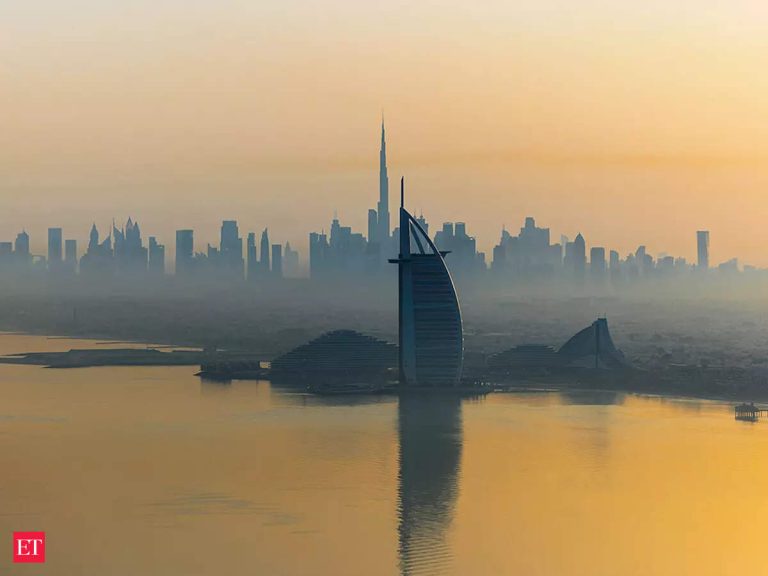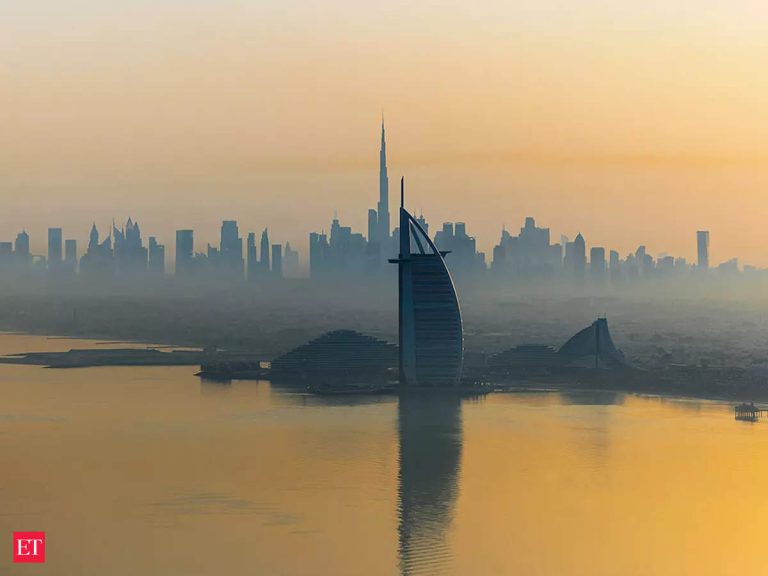Urban Green Spaces: The Future of Outdoor Living in European Cities by 2025
Urban Green Spaces are becoming a crucial aspect of European cities, providing a sustainable and healthy environment for citizens. As we approach 2025, it’s essential to understand the significance of these spaces and how they will shape the future of outdoor living. In this article, we’ll explore the importance of urban green spaces, their benefits, and how European cities are incorporating them into their urban planning.
What are Urban Green Spaces?
Urban green spaces refer to areas within cities that are dedicated to parks, gardens, green roofs, and other forms of vegetation. These spaces can be found in various forms, from small community gardens to large urban parks. They provide a range of benefits, including improved air quality, reduced noise pollution, and increased biodiversity.
Benefits of Urban Green Spaces
The benefits of urban green spaces are numerous. Some of the most significant advantages include:
- Improved mental health: Spending time in nature has been shown to reduce stress levels and improve mental well-being.
- Increased physical activity: Urban green spaces provide opportunities for outdoor recreation, such as walking, cycling, and sports.
- Environmental benefits: Green spaces help to mitigate the urban heat island effect, reduce air pollution, and manage stormwater runoff.
- Social benefits: Urban green spaces can foster community engagement, social cohesion, and a sense of belonging among citizens.
European Cities Leading the Way
Many European cities are at the forefront of incorporating urban green spaces into their urban planning. Cities like Copenhagen, Stockholm, and Vienna are investing heavily in green infrastructure, with a focus on sustainability, climate resilience, and citizen well-being. For example:
- Copenhagen’s carbon neutrality goal: The city aims to be carbon neutral by 2025, with a significant focus on green spaces and sustainable transportation.
- Stockholm’s green roofs: The city has implemented a green roof policy, requiring all new buildings to incorporate vegetation into their design.
- Vienna’s urban forests: The city has launched an initiative to plant over 1 million trees, with the goal of increasing its urban forest cover by 20%.
Challenges and Opportunities
While urban green spaces offer numerous benefits, there are also challenges to be addressed. Some of the key issues include:
- Funding: Implementing and maintaining urban green spaces requires significant investment.
- Space constraints: Many cities face limitations in terms of available land for green spaces.
- Community engagement: Encouraging citizen participation and ownership of urban green spaces can be a challenge.
Despite these challenges, the opportunities presented by urban green spaces are substantial. By incorporating these spaces into urban planning, cities can:
- Enhance quality of life: Urban green spaces can improve the overall well-being of citizens, making cities more attractive and livable.
- Support sustainable development: Green spaces can contribute to climate resilience, reduced air pollution, and improved environmental health.
- Foster community development: Urban green spaces can serve as hubs for community activity, social cohesion, and economic growth.
Conclusion
Urban green spaces are a vital component of European cities, providing a range of benefits for citizens, the environment, and the economy. As we look to the future, it’s essential to prioritize the development and maintenance of these spaces, addressing the challenges and opportunities that arise. By 2025, urban green spaces will play a crucial role in shaping the future of outdoor living in European cities, and it’s up to city planners, policymakers, and citizens to work together to create sustainable, healthy, and thriving urban environments.






